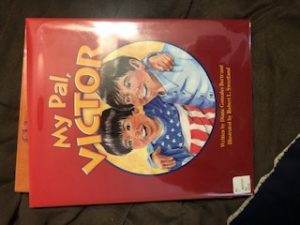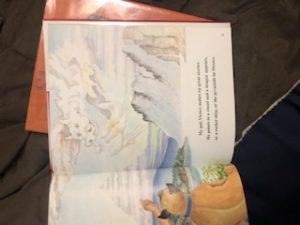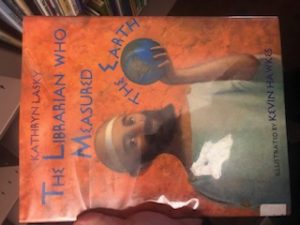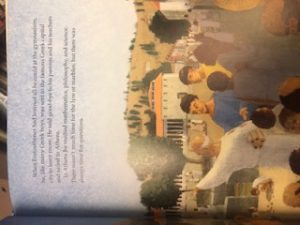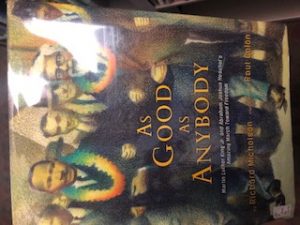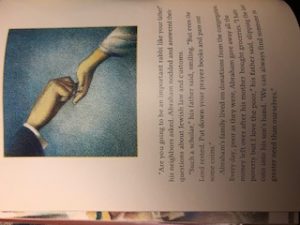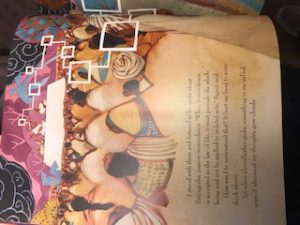Title: My Pal, Victor
Author: Diane Gonzales Bertrand
Illustrator: Robert L. Sweetland
Publisher and Year: Raventree Press 2010
Number of Pages: 31
Tags/Theme: Adventure, diversity, friendship, K-1, Joe Marras
Descriptive Annotation: This book is about two friends, Dominic and Victor. Dominic tells the reader about all of the great things about Victor: he tells great stories, has great jokes, and likes Dominic for who he is. They are the best of friends. At the end of the story they show that Victor is in a wheelchair.
Classroom Application: This story can be used to show that everyone should be accepted by all students no matter if they are black, white, green, yellow, or in a wheelchair. Dominic and Victor are best of friends and Victor cheers on Dominic at his baseball games even though he is in a wheelchair and can’t play.
Linguistic and Cultural Diversity Analysis: Looking at the cover and reading the title it seems like this book is going to be about two friends, one American and one Mexican, but Victor is in a wheelchair and they are still best friends and do normal things that any two friends would do, “My pal, Victor tells great jokes.” They tell jokes and laugh until their stomachs hurt just like any friends do. “My pal, Victor throws a toy for his dog to catch.” Victor plays with his dog like a lot of other people that aren’t in wheelchairs do. This book shows that even though he is in a wheelchair he can still do all of the fun things any other friend does and he is really funny!
